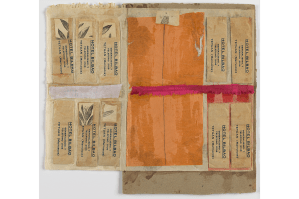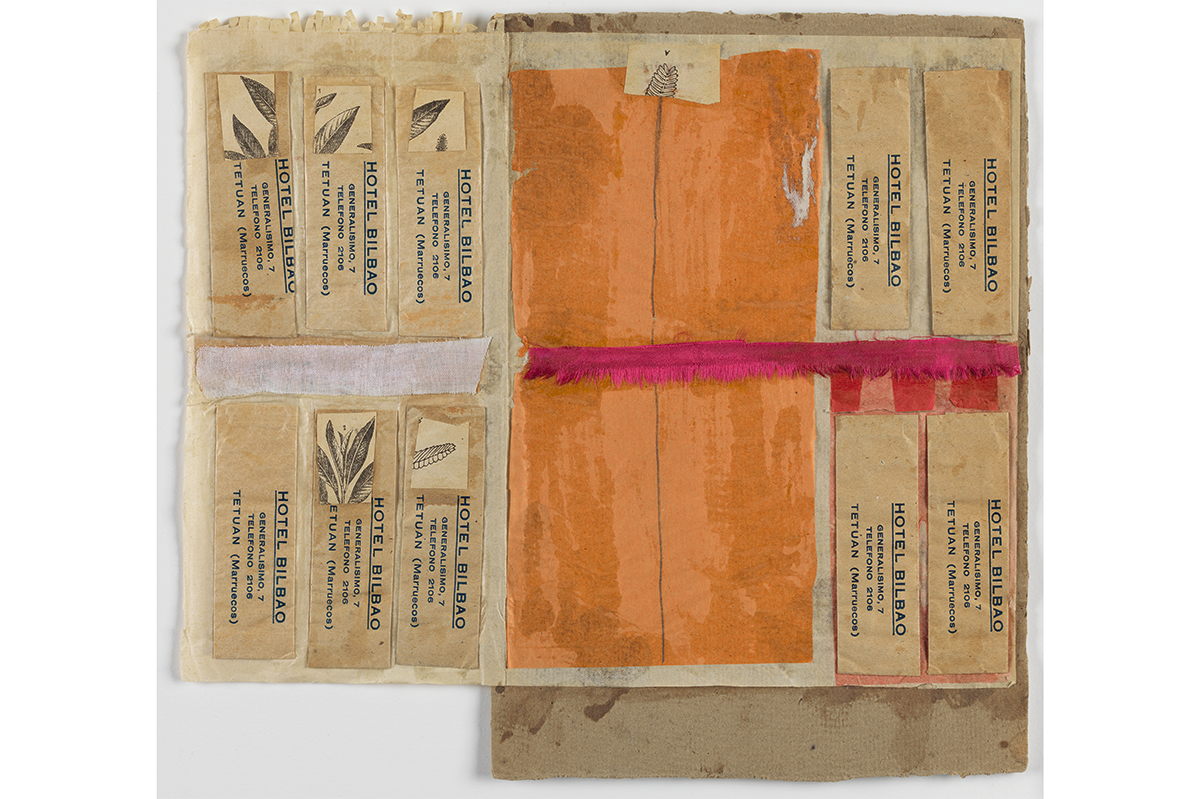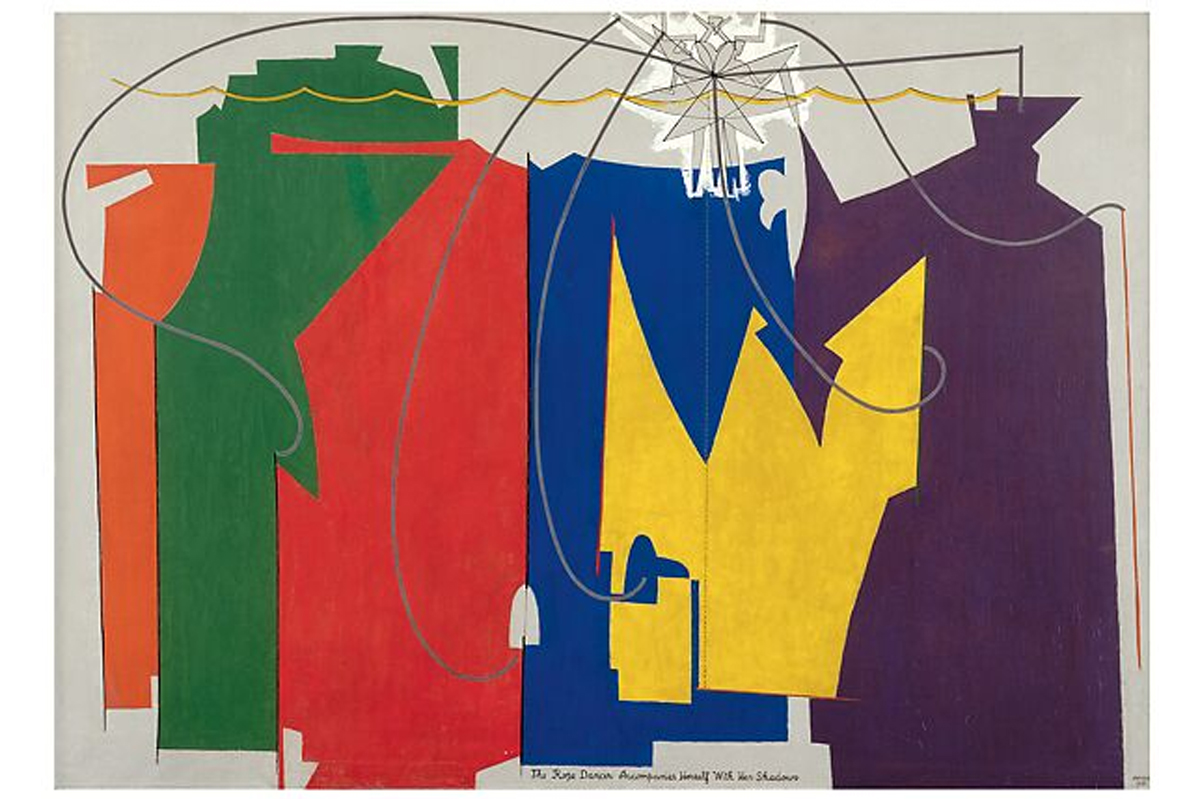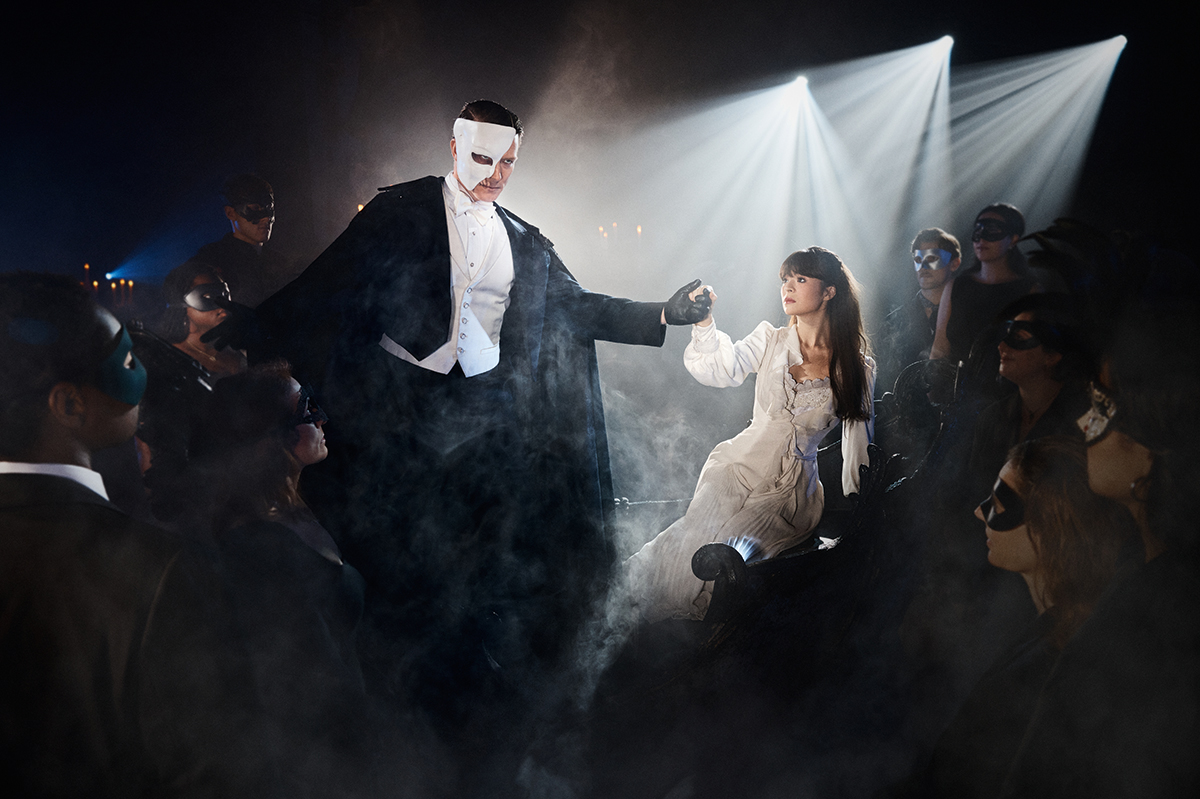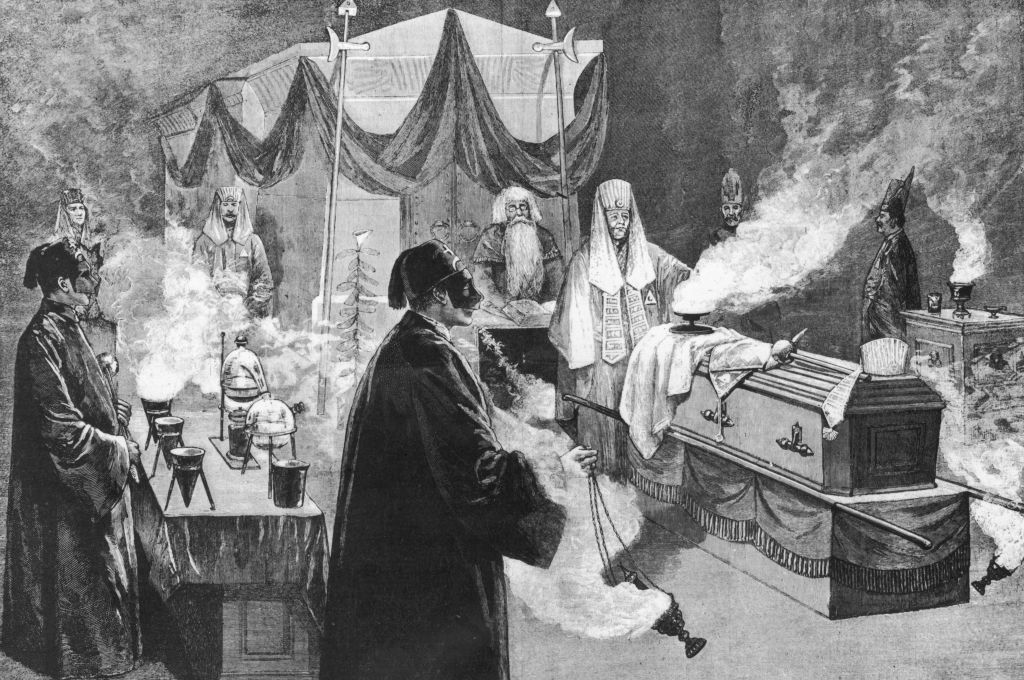When will our intellectual life return to normal, where facts come together into conclusions? Today, in service to ideologies like Critical Race Theory, conclusions are established and facts are manipulated or just ignored to support them.
You can’t argue intellectually against something so profoundly nonintellectual but you can take note of it in hopes that someday we will untangle ourselves. That’s why today we’re paying a visit to the Tenement Museum on New York’s Lower East Side.
When I joined the Museum as an educator in early 2016, it was a small, elegant, good place. Inside a restored 19th-century tenement apartment house, it told the story of some of the actual all-immigrant families who had lived there, from inside their actual apartments. Of the over 7,000 people who inhabited that building over its lifespan, researchers established who had lived in which rooms, detailed their lives, forensically reconstructed the surroundings, and shared it with guests. Some rooms had 20 layers of wallpaper applied by the different generations who had lived there.
Rule one for educators like me was “keep it in the room,” meaning focus on specific individuals and how they lived in the room where you were standing. Over the years, these included Irish, Jewish, German, and Italian immigrants. There had been no Bangladeshis, Spaniards, or blacks; their stories lay elsewhere, “outside the room.” It is the same reason there is no monument to those who died on D-Day at Gettysburg. That didn’t happen there. That story is told somewhere else.
Imagine the power of telling the story of an immigrant family’s struggle between earning a living in the factories of New York and maintaining their religious traditions from their living room. Think about explaining sweatshop conditions in a room that was actually once such a place. No need to talk about the lack of space and privacy; it was literally all around. The Rogarshevsky family walked this hall. The Baldizzi family put their hands on this banister to climb the stairs at the end of a long day. They came home to this evening light in their parlor. They smelled the rain as visitors did on a March day. You could literally feel the history.
After Trump’s election, everything changed. Our mission at the Museum went from telling real stories to “fighting fascism and destroying the patriarchy.” With our focus on immigration, we were given tips on handling what the museum snidely called “red hats,” MAGA-capped Trump supporters, usually Midwestern parents visiting a hip child in NYC who dragged them in for reeducation.
I witnessed an Asian museum educator say out loud without any concern from management “No more Jews, I want to tell my story!” Her parents were university professors from Asia and she was born in a tony NYC suburb, so I’m not quite sure what her story was. But no matter. Narratives were rewritten — so, for example, the Irish immigrants went from suffering anti-Catholic discrimination in Protestant New York to being murderers of innocent blacks during the 1863 Draft Riots. Never mind that the Irish family spotlighted by the museum lived there in 1869 and had no connection to the riots. We were on a woke jihad.
This wokeness, which drove me to quit, is now headed for a new low in a desperate move to shoehorn a black family into the mix. The museum is planning for the first time not only to feature the story of a family who never lived there but that weren’t even immigrants. They were born in New Jersey.
To accommodate this change, the museum will do away with its current Irish family tour in lieu of a hybrid to emphasize black suffering and deemphasize the actual life experiences of discrimination imposed on the Irish by “whiter” New Yorkers. They will build a “typical” apartment of the time on the fifth floor for the black family, an ahistorical space they never occupied, an affront to those whose real life stories once did. It would make as much sense to build a space that tells Spiderman’s story.
The existing Irish tour is particularly important because it supports a classist, not racial, basis for discrimination in America. It forces guests to think through the roots of inequality given that rich white people already established in New York discriminated against poor white people (the Irish first, then the Jews and Italians). That narrative is problematic in 2021 because it spreads victimhood broadly, and chips away at the BLM meme that race is the cause of everything.
The story is also problematic in 2021 because it emphasizes how the Irish organized themselves politically to fight back and claim a more equal place in society. Many of the Irish had entered the United States before there was even any immigration law, simply walking off of ships into the New World.
Later, as nascent citizenship laws demanded proof of several years of residence as a condition for regularized status, many Irish could not prove it, the purest form of undocumented as no documentation existed when they went feet dry. The post-Civil War amendments to the Constitution designed to change freed slaves into American citizens with the right to vote also scooped up masses of Irish immigrants. Aided by the sleazy needs of men like Boss Tweed who were willing to trade patronage jobs for votes, the Irish prospered.
If you wanted to ask the question of how the Irish did that, and later the Jews, Germans, Italians, Hispanics, and Chinese, you were once welcome to do so. In better days, the museum referred to this as “introducing complexity,” asking questions without clear answers instead of imposing doctrine on guests.
No more. The Irish are once again not popular among the rich white people running New York. At the Tenement Museum, their story will exist only as a sidebar to a black experience that never really was. It is a literal rewriting of history. What a shame that a place designed to help us remember wants to make us forget.












